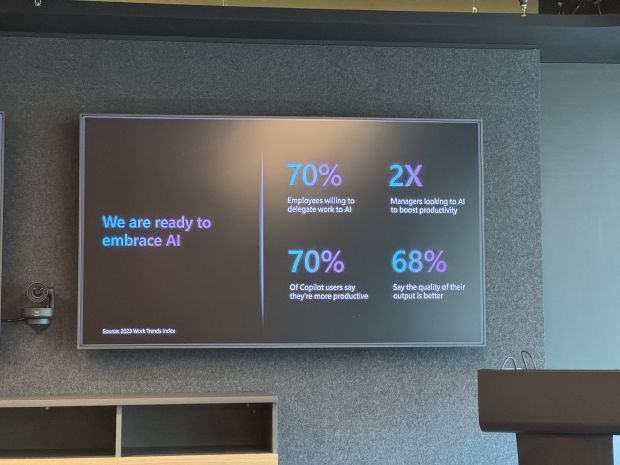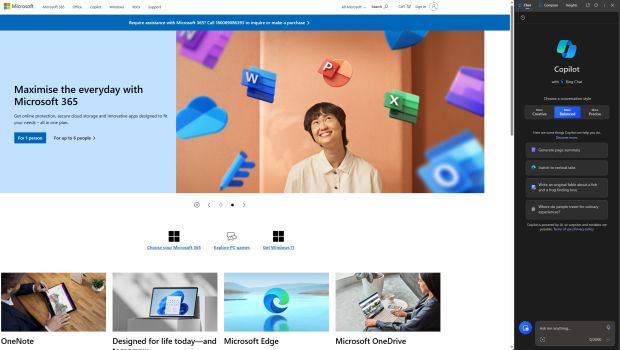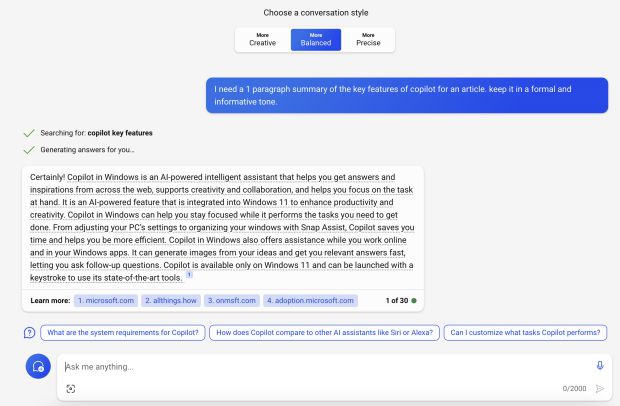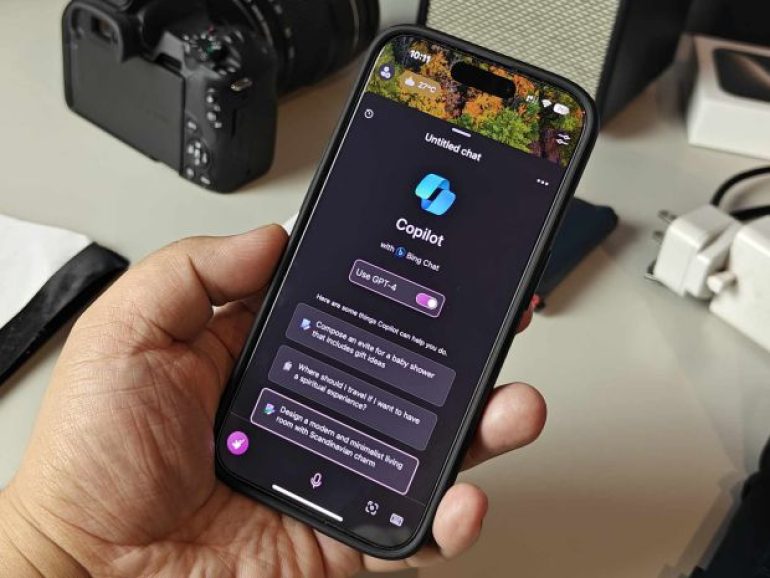AI is here to stay, and whether some people like it or not, we can’t deny that it certainly has made our work a lot more efficient with faster turnaround times, and as content creators have allowed us to focus on more important aspects of the process.

In fact, according to the 2023 Work Trends Index, 70% of employees are actually willing to delegate their work to AI, and managers are now twice as interested to look at AI to boost productivity.
Microsoft also sees the future with AI, and at the time of writing, has already integrated the technology in its platforms like Windows 11 in the form of Copilot (formerly Bing Chat), which, like other generative AI platforms, accepts prompts from the user to come up with a specific output.

It’s still a preview on Windows 11, so new features will most likely be added in the future.

There’s also dedicated website for it and enterprise users can take advantage of Copilot’s integration with Microsoft Office. Consumers can expect the same soon.
Whether it’s asking for the weather or improving one’s writing skills, Copilot can generate information that you need, including citations so you can also fact check (it’s not perfect, of course).

Joshua Aquino, County PR and Communications Head for Microsoft Philippines, showed example wherein AI was introduced to the workflow, significantly reducing the amount of steps needed to finish at task. He also demonstrated what Copilot can do when given the right prompts. From a script for a briefing, to an actual press release.
This highlights prompt engineering as a very high-value skill for the future. During the media session, we also exchanged ideas on how the technology still has limitations, and how human intervention and policy-making play a key role in making sure that it somehow remains under control.
Crafting Prompts for Copilot
There’s so much more to prompting that just simply asking for the weather. To get the best response from Copilot, you need to how to properly craft your prompts.
Step 1: Tell Copilot What You Need. What do you want Copilot to do? deliver specific information? check for errors in a document? give a summarized version?
Step 2: Include the right prompt ingredients. Telling Copilot the purpose of your query would also help it to generate a more accurate answer. You can also include sources that it can refer to, and the manner it should use when responding.
Step 3: Keep the conversation going. The process doesn’t stop at getting the answer. More often that not, you can still expound by asking Copilot to say, simplify, or change the format of its response for example, using bullet points.
If you want to learn more about generative AI, you can check out this course in LinkedIn.
Emman has been writing technical and feature articles since 2010. Prior to this, he became one of the instructors at Asia Pacific College in 2008, and eventually landed a job as Business Analyst and Technical Writer at Integrated Open Source Solutions for almost 3 years.







